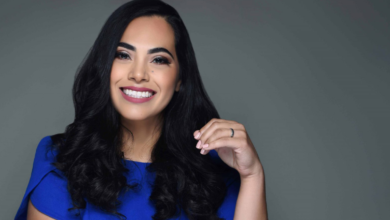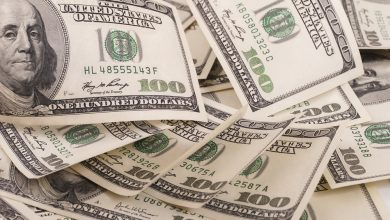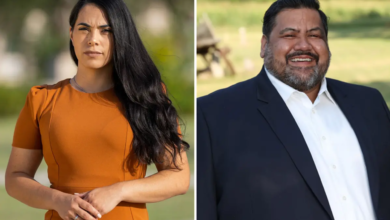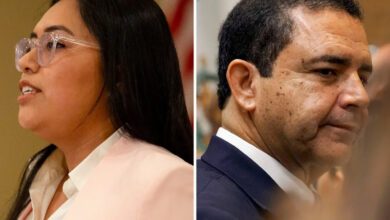With Earlier Primary Date, Texans To Have Increased Influence In Presidential Race
March 1 election combined with competitive fields puts Texas voters in unusual position
by Peter Partheymuller
With an earlier than usual presidential primary date, Texans will finally have an important say in nominating presidential candidates this year after years of getting to vote only after nominees of both parties have more or less already been selected.
So often, in previous presidential elections, the races in both the Republican and Democratic parties have been decided by the time a Texas primary is held. The traditional early states of primary season have been, first, Iowa and New Hampshire and then South Carolina and Nevada. And, while the date and participants of the Super Tuesday primary have fluctuated, they have played the biggest role in deciding the presumptive nominee, typically by late February or early March. By the time Texans had an opportunity to weigh in, it was essentially very late in the process.
After the 2012 election, the Republican National Committee (RNC) performed a review of the results. Committee members decided the lengthy primary season — which stretched from early January into mid-July — hurt their candidate, Mitt Romney, because it allowed all of the various candidates to criticize each other rather than attack their opponent, the president. The RNC also wanted to move its convention from August to earlier in the summer. Its resolution was a condensed time frame to hold primaries, from Feb. 1 to June 7. Steve Munisteri, former chair of the Republican Party of Texas, was instrumental in getting the Texas primary moved to Super Tuesday. Now, Texas is among the first group of states to follow the traditional four opening electoral contests.
The voter registration deadline has already passed, and early voting will begin next week, Wednesday, Feb. 16. Neither party has a presumptive nominee, and the race is still wide open. Texas voters will be influential in the final outcome.
Candidate ads are now visible, and television time has been purchased. The candidates themselves will be visiting Texas more frequently too, both to campaign and to raise money. Some candidates have already set up shop in the state.
On the Republican side, Texas Sen. Ted Cruz’s national headquarters is located in Houston, the city where he grew up and attended school. Former Florida Gov. Jeb Bush, a native Texan, has received contributions from many of the state’s political heavy hitters, and House Speaker Joe Straus is leading Bush’s campaign operations in Texas. Donald Trump opened a Texas office in Austin and hired staff back in October 2015, though his state director resigned from that post in January. Sen. Marco Rubio named two current and two former state representatives as campaign leaders. Former Ohio Gov. John Kasich does not appear to have an office in Texas yet, but he has hired as his chief strategist a veteran of Texas politics, John Weaver.
On the Democratic side of the race, Hillary Clinton won the 2008 Texas primary and opened Texas field offices in Houston and San Antonio. The campaign of Vermont Sen. Bernie Sanders opened his state headquarters in Austin in November.
No Texas polls have been released since January, but the earlier polls gave Clinton a sizable lead over Sanders in the Democratic contest. Cruz was leading Trump at that time. These numbers will likely change with the coming primaries in South Carolina and Nevada. But there is no doubt that Texas voters will be influential in the nominating process this year.
This article originally published by Strategic Partnership Inc.






